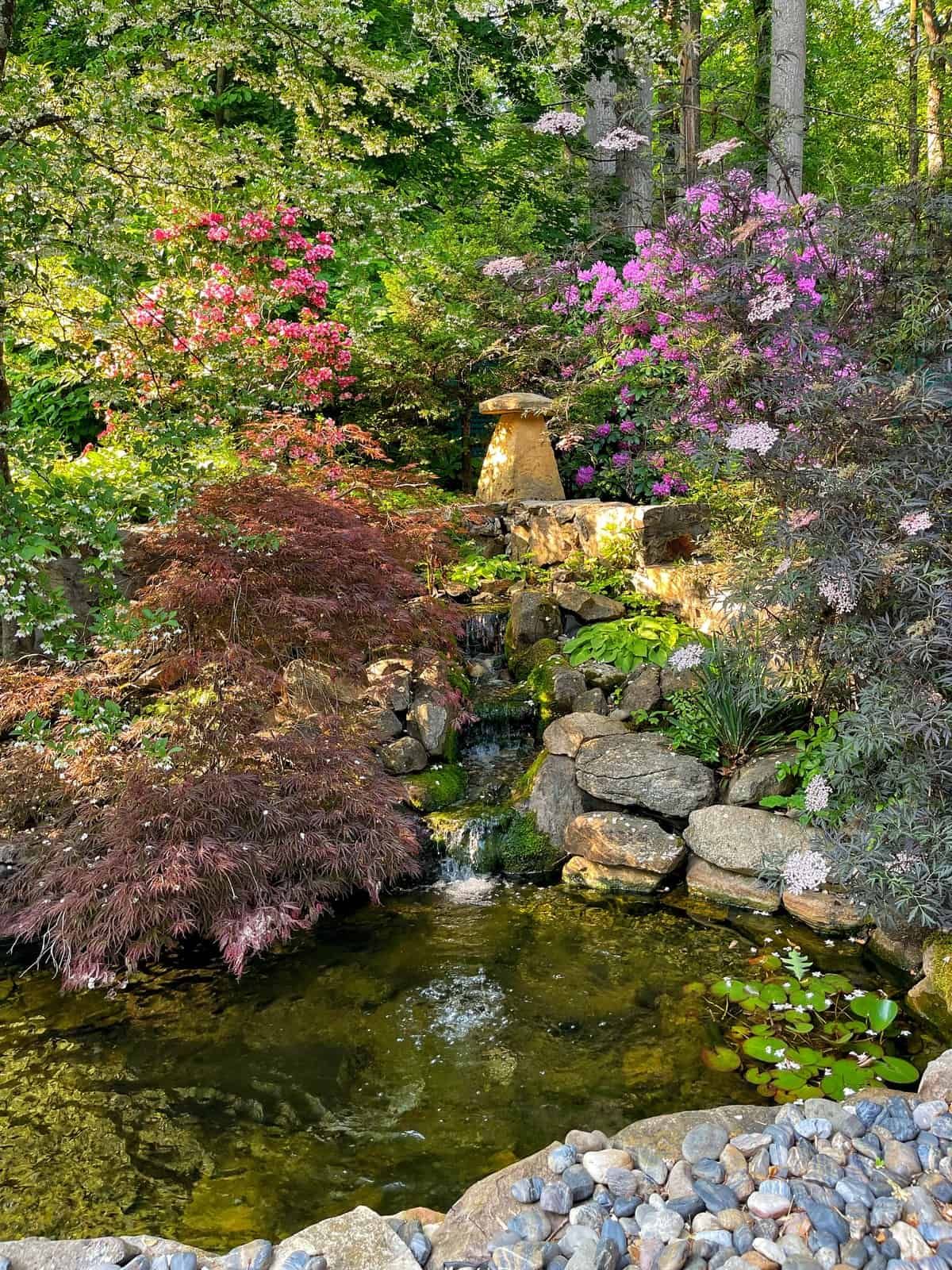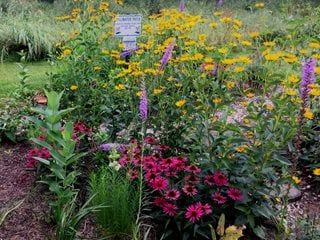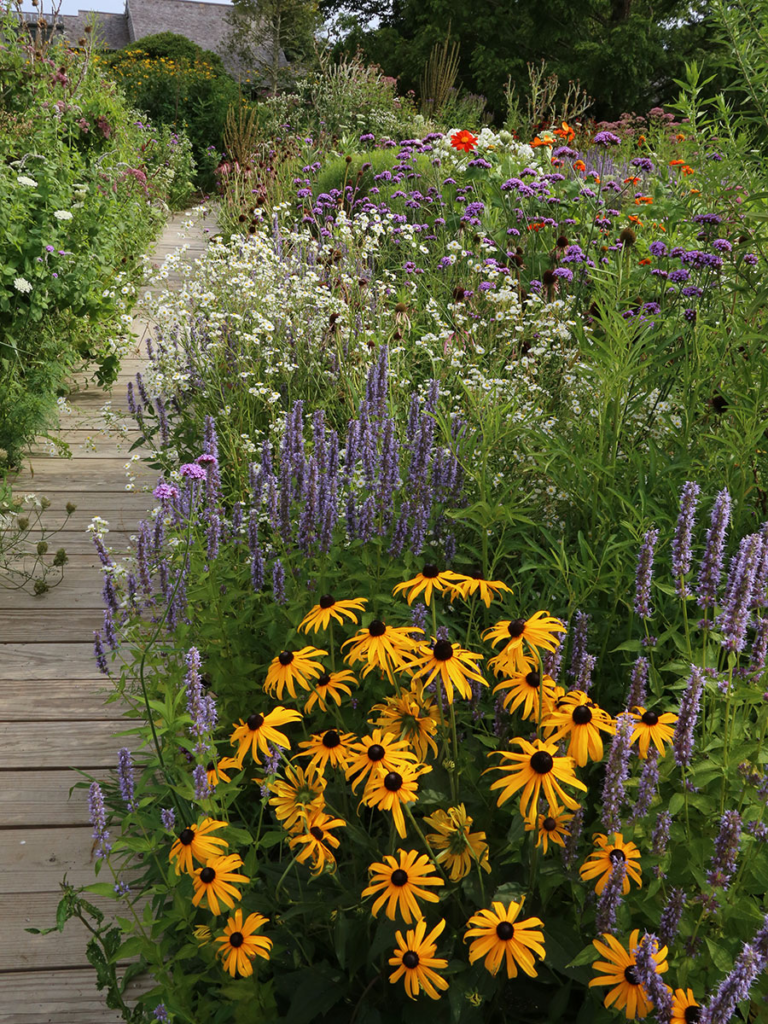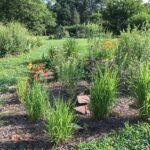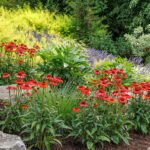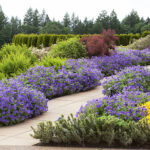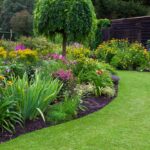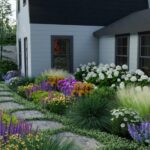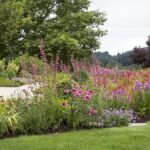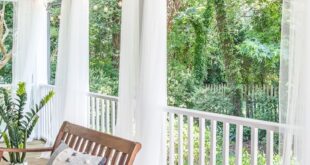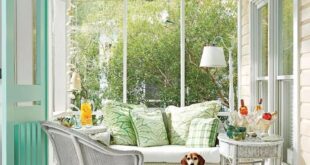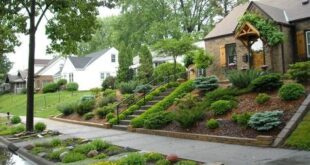Pollinator gardens have become increasingly popular as people realize the importance of supporting pollinators like bees, butterflies, and hummingbirds. These gardens are designed to provide food, shelter, and nesting sites for these essential creatures, helping to ensure a healthy ecosystem. Here are some key elements to consider when designing a pollinator garden.
First and foremost, it’s important to choose native plants that are well-suited to your region and the specific needs of local pollinators. Native plants have co-evolved with native pollinators and are better equipped to provide the food and shelter that they need to thrive. Consider incorporating a variety of flowering plants that bloom throughout the growing season to provide a consistent food source for pollinators.
When designing your pollinator garden, be sure to include a mix of plant species that provide nectar and pollen for a variety of pollinators. Different pollinators are attracted to different kinds of flowers, so a diverse plant palette will help attract a diverse array of pollinators. Also, be sure to include plants that provide food for caterpillars as well, as many pollinators rely on specific host plants for their larvae to feed on.
In addition to providing food, pollinator gardens should also include a variety of habitats for shelter and nesting. This can include shrubs and trees for nesting sites, as well as rocks, logs, and leaf litter for insects to hide in. Water sources are also important for pollinators, so consider adding a small pond, birdbath, or shallow dish filled with water to provide drinking and bathing opportunities.
It’s important to consider the layout and structure of your pollinator garden as well. Grouping plants with similar water and sun requirements together can help create microclimates that are beneficial for both plants and pollinators. Planting in clusters or drifts rather than single plants will also make it easier for pollinators to find and access the resources they need.
Finally, consider avoiding the use of pesticides in your pollinator garden. Pesticides can harm pollinators and other beneficial insects, so opt for natural pest control methods like hand-picking pests or using physical barriers like row covers. By creating a healthy, pesticide-free environment, you’ll help ensure that your pollinator garden remains a safe and inviting space for pollinators to thrive.
 yishifashion Where Outdoor Dreams Become Reality
yishifashion Where Outdoor Dreams Become Reality
